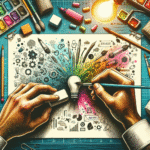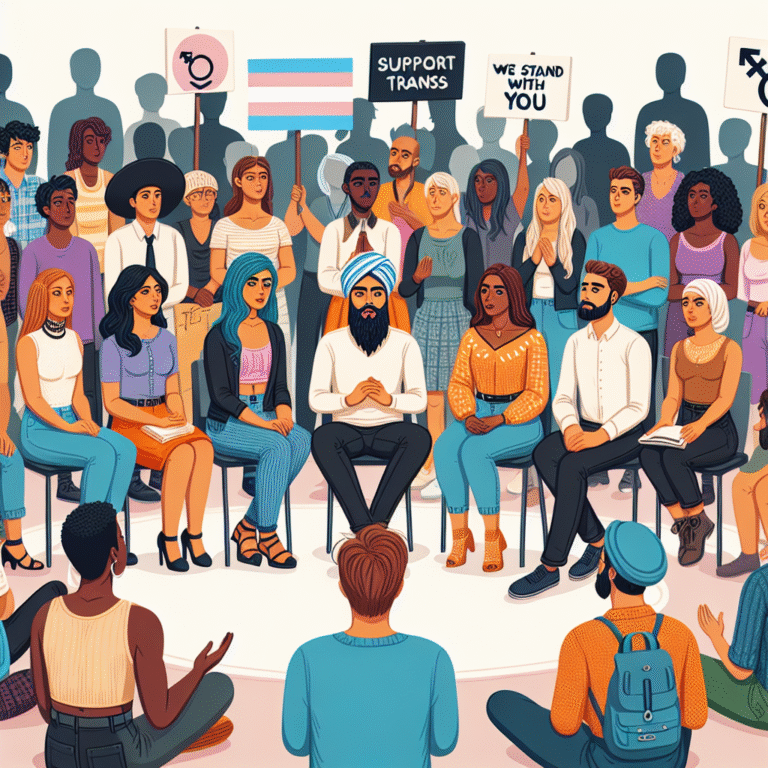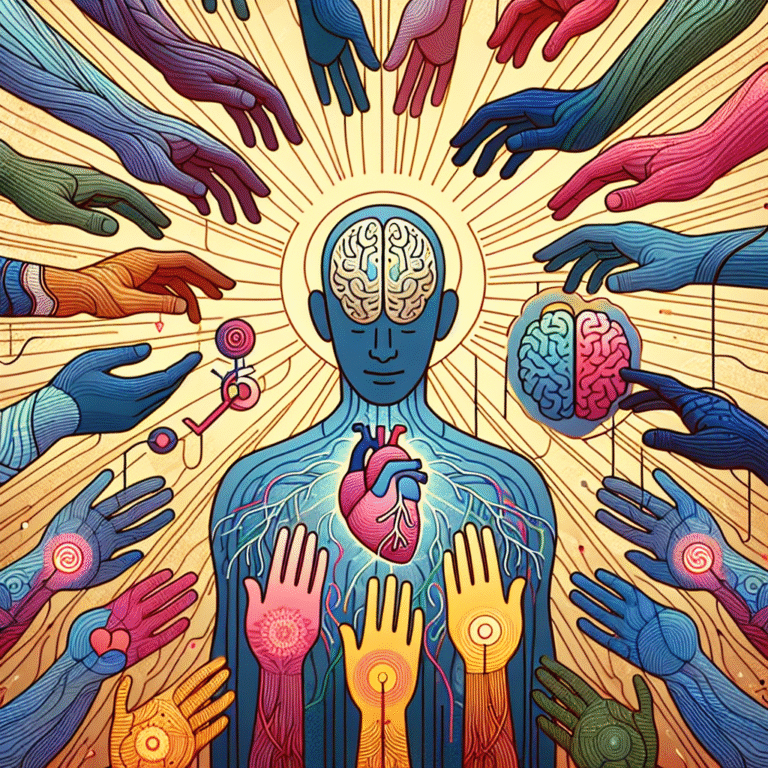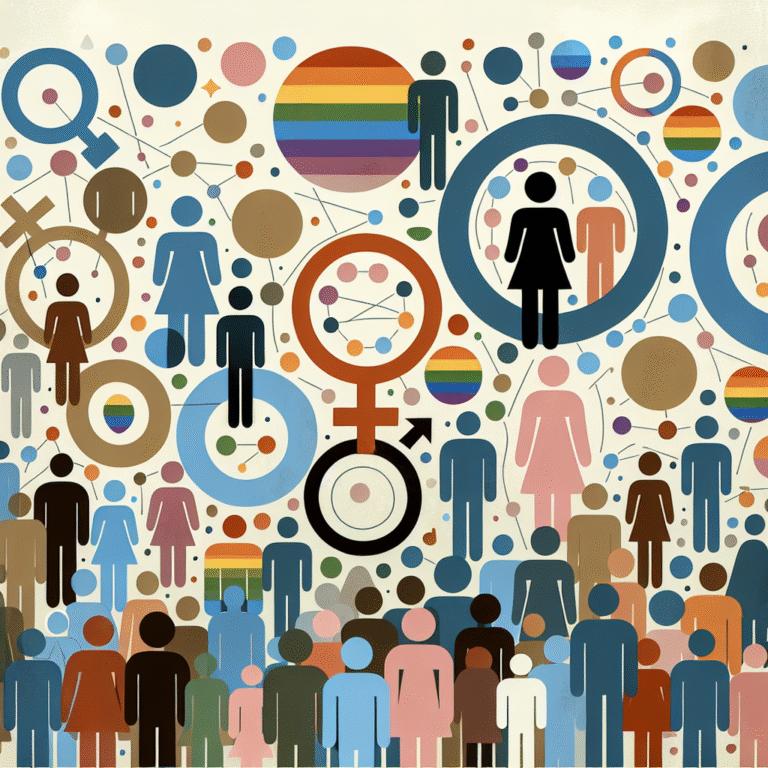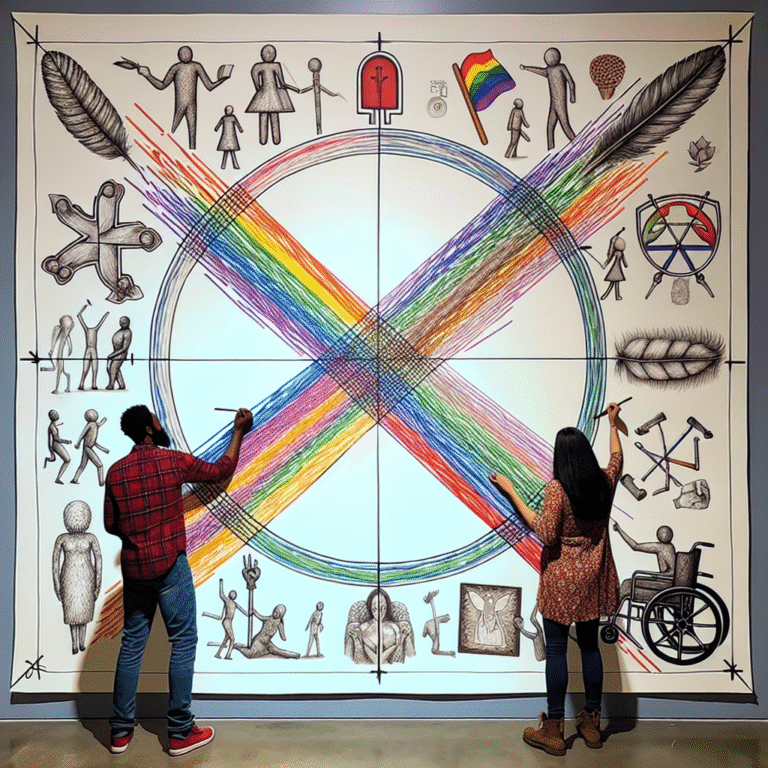
Introduction
In a world that often seeks to categorize and compartmentalize every aspect of existence, the concept of androgyny invites us to embrace a beautiful complexity that defies simple labels. The phrase "Beyond Binary: Exploring the Beauty and Complexity of Androgyny" serves as a reminder that gender identity and expression can encompass a spectrum of possibilities that do not fit neatly into male or female categories. This exploration is not just a celebration of diversity, but a crucial examination of how fluidity in gender expression can enhance our understanding of humanity itself.
In recent years, society has begun to shift away from rigid definitions of gender towards a more inclusive perspective that acknowledges the multifaceted nature of identity. As we delve into the complexities of androgyny, we unveil a rich tapestry of cultural expressions, personal stories, and historical contexts that enhance the dialogue around gender identity.
Join us as we explore the nuances of androgyny—its aesthetic merit, cultural significance, and transformative power. This journey is not only about understanding androgyny itself but also about shedding light on the myriad ways individuals can express their identities in a world that is often defined by a binary perspective.
The Foundations of Androgyny: A Historical Overview
Androgyny has deep roots, tracing back through various cultures and periods in history. It has appeared in art, literature, and fashion, often representing rebellion against strict societal norms.
Case Study: Ancient Civilizations
In ancient Greece, the concept of androgyny was revered in mythological narratives. Deities such as Hermaphroditus—born of Hermes and Aphrodite—embodied a blend of masculine and feminine traits, symbolizing the harmony of genders. In these cultures, androgyny often represented a connection beyond the mundane, evoking philosophical thought and artistic expression.
The Renaissance to the 20th Century
Moving through history, the Renaissance period brought forth artists who played with androgynous imagery. Think of Leonardo da Vinci’s “Mona Lisa”, which exudes an enigmatic blend of masculine and feminine qualities. Fast-forward to the 20th century, where figures like David Bowie and Grace Jones shattered the status quo, blending aspects of both genders into their music and fashion, thus paving the way for future generations to express their gender identity freely and authentically.
The Psychology of Androgyny
Understanding androgyny goes beyond the cultural and artistic; it also delves into psychology. Psychological theories, broadly, suggest that androgynous individuals may possess both masculine and feminine traits, thereby enhancing psychological well-being through the flexibility of gender expression.
The Gender Schema Theory
Developed by Sandra Bem in the 1980s, the Gender Schema Theory posits that individuals create cognitive frameworks around gender—it influences how we perceive ourselves and others in the context of societal roles. Those who identify as androgynous often embody characteristics from both male and female schema, offering a more holistic view of their self-concept.
Research Table: Effects of Androgyny on Psychological Health
| Trait | Androgynous Individuals | Gender-Conforming Individuals |
|---|---|---|
| Flexibility | High | Low |
| Self-Esteem | High | Variable |
| Interpersonal Skills | Strong | Moderate to Strong |
| Mental Health | Generally Positive | Variable |
Case Study: Data from Psychological Surveys
According to a 2020 survey published in the Journal of Personality and Social Psychology, androgynous individuals reported higher levels of self-acceptance and relationships satisfaction compared to their gender-conforming counterparts. These findings highlight the importance of embracing an androgynous identity as a pathway to improved mental well-being.
Androgyny in Fashion: A Mirror of Societal Change
The fashion world has been a significant platform for the expression of androgyny. Over the decades, designers have moved towards more inclusive offerings, marrying traditionally masculine and feminine clothing to challenge societal norms.
Notable Figures
- Jaden Smith: Emerging as a style icon, Smith often wears skirts and dresses, showcasing a bold androgynous style that has encouraged others to explore gender fluidity in fashion.
- Billy Porter: His red-carpet appearances, often in stunning gowns, have not only made fashion headlines but also served as vital commentary on the acceptance of androgyny in high fashion.
Case Study: The Gender Fluid Fashion Movement
The rise of brands like Uniqlo and ASOS, which offer unisex clothing lines, marks a pivotal shift towards mainstream acceptance of androgyny in fashion. Data indicates that sales in unisex lines have surged by 25% in recent years, reflecting changing consumer attitudes towards gender and fashion.
Androgyny in Media and Representation
Representation in media plays a vital role in validating androgynous identities. As television shows, movies, and advertisements begin to include and celebrate diverse gender expressions, the narrative surrounding androgyny evolves.
Case Study: The Impact of Film and TV
Shows like “Pose” and “Billions” have incorporated androgynous characters, bringing visibility to issues surrounding gender fluidity and identity. The direct portrayal of such characters allows audiences to see and embrace the intricacies of gender.
To further illustrate, consider the character of Maia Rindell from "Billions", depicted with an androgynous style that becomes a pivotal part of their identity. This representation empowers viewers, encouraging acceptance and appreciation for diverse expressions of gender.
The Cultural Relevance of Androgyny Today
Today, androgyny transcends individual expression and interfaces with cultural movements. From LGBTQ+ rights to discussions of gender identity in workplaces, the exploration of androgyny is ever more pressing.
Advocating for Inclusivity
Organizations are beginning to adapt policies that embrace gender fluidity. For instance, implementing gender-neutral bathrooms and inclusive dress codes in workplaces reflects a growing acknowledgment of androgyny and non-binary identities.
The Power of Language and Terminology
The linguistic shift towards pronouns such as “they/them” signifies a broader societal recognition of androgyny. Language evolves alongside cultural awareness, fostering environments where all individuals can feel seen and respected.
Conclusion
The concept of androgyny opens up a narrative that is rich, complex, and vital for understanding modern identity. As we conclude our exploration, remember that the beauty of androgyny lies in its ability to transcend simplistic definitions and provide a fuller lens through which we can understand ourselves and others.
Recognizing and embracing androgyny can lead to profound personal growth and societal change. As we continue to challenge and redefine norms, we must embrace the complexity of identity and the beauty it brings.
Let us stand together, Beyond Binary: Exploring the Beauty and Complexity of Androgyny, opening doors to acceptance, understanding, and compassion.
FAQs Section
-
What is androgyny?
- Androgyny refers to a gender identity or expression that embodies a mixture of both masculine and feminine characteristics. It challenges the traditional binary view of gender.
-
Is androgyny the same as being non-binary?
- While related, androgyny specifically pertains to a blend of gender traits, while non-binary is an umbrella term for any gender identity that doesn’t fit within the confines of male or female.
-
Can anyone express androgyny?
- Yes! Androgyny is about personal expression and can be embraced by anyone, regardless of their assigned gender at birth.
-
How has fashion influenced androgyny?
- Fashion has served as a significant platform for expressing androgynous identities, with designers creating unisex lines and influential figures challenging traditional gender norms.
- What steps can individuals take to support androgynous identities?
- Individuals can advocate for inclusive spaces, educate themselves and others about gender diversity, and challenge rigid gender norms in their daily lives.
By sharing the insights derived from this exploration of androgyny, we create a more inclusive world where everyone can celebrate the complexity of their identity. Embrace the beauty Beyond Binary: Exploring the Beauty and Complexity of Androgyny.

